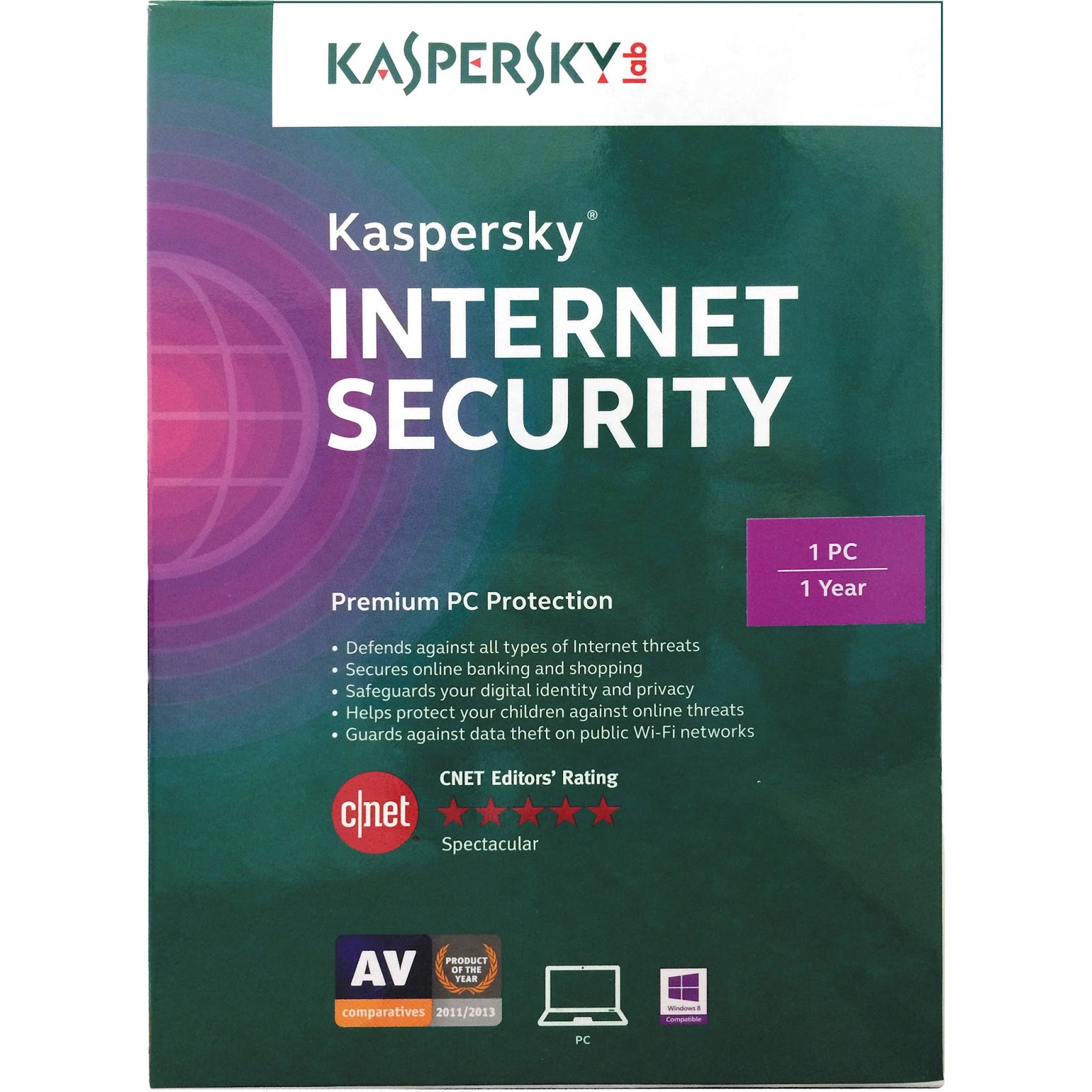

For example, one of the attackers’ favorite tools, PsExec, is easily detected on the network. The benefit of using an in-built propagation method is that it leaves fewer traces in the system and it is stealthier than using public tools. using the Component Object Model (COM), run remotely on each machine.Ĭode snippet showing the LDAP functionality.

using the list of machines, copy itself to each machine,.сonnect to the AD using the LDAP library and obtain a list of machines on the network,.When that parameter is used, the malware does the following: It now has a second optional command line parameter: “-bomb”. In this blog post, we provide excerpts from these reports.įor questions or more information on our crimeware reporting service, please contact BlackBasta: a new propagation methodīlackBasta, the notorious ransomware we have written about before, recently received an update. Last month, we focused on infection methods used in various malware campaigns: methods that we do not see used very often. But that’s it - most of the time, anyway. There will be exceptions, naturally, as we will encounter RCE vulnerabilities every now and then, or if the attacker is already on the network, they will use tools like PsExec. Our answer is nearly always the same: (spear) phishing. We are often asked how targets are infected with malware.


 0 kommentar(er)
0 kommentar(er)
